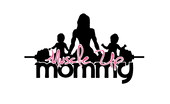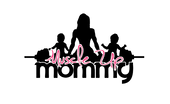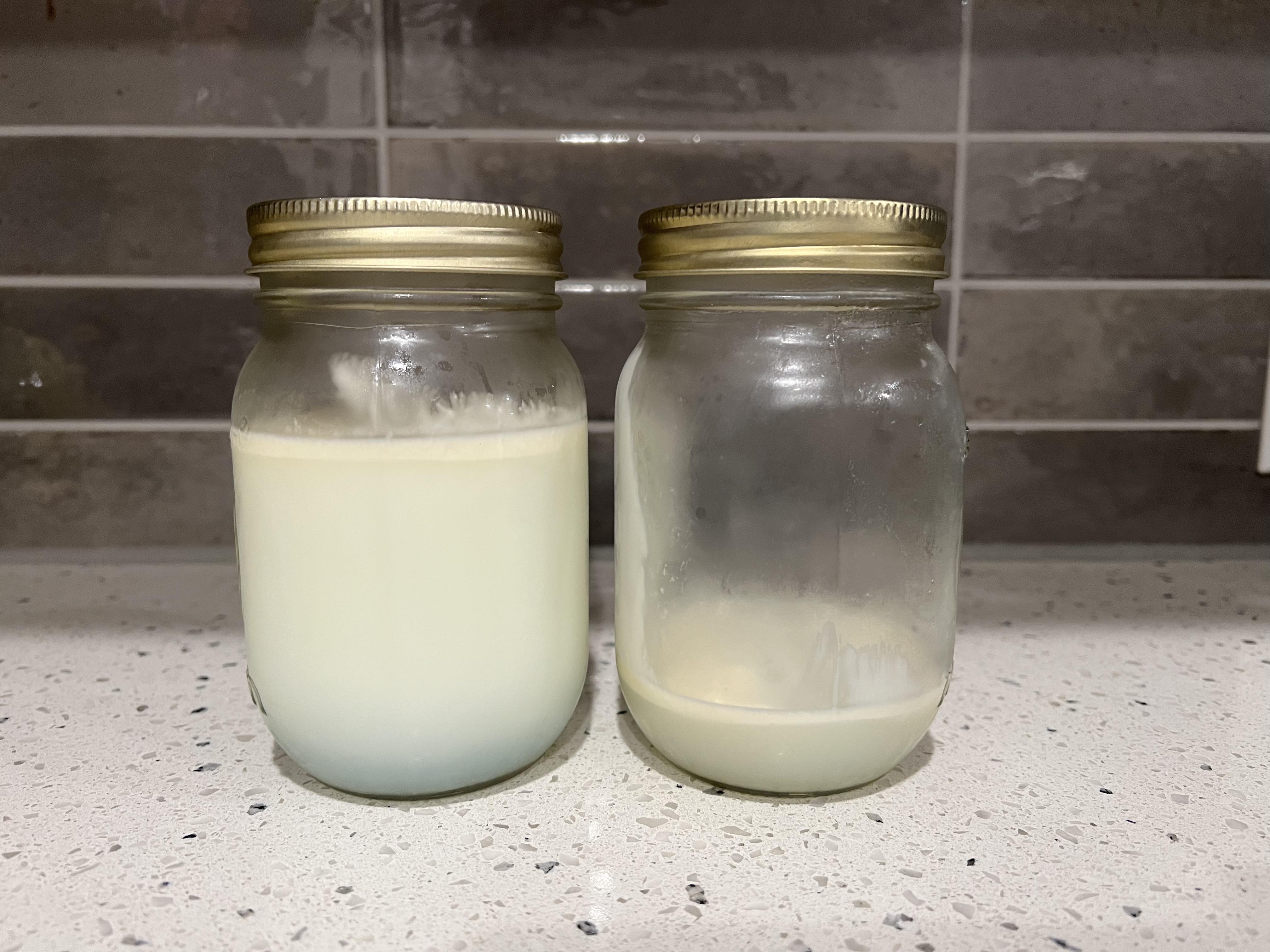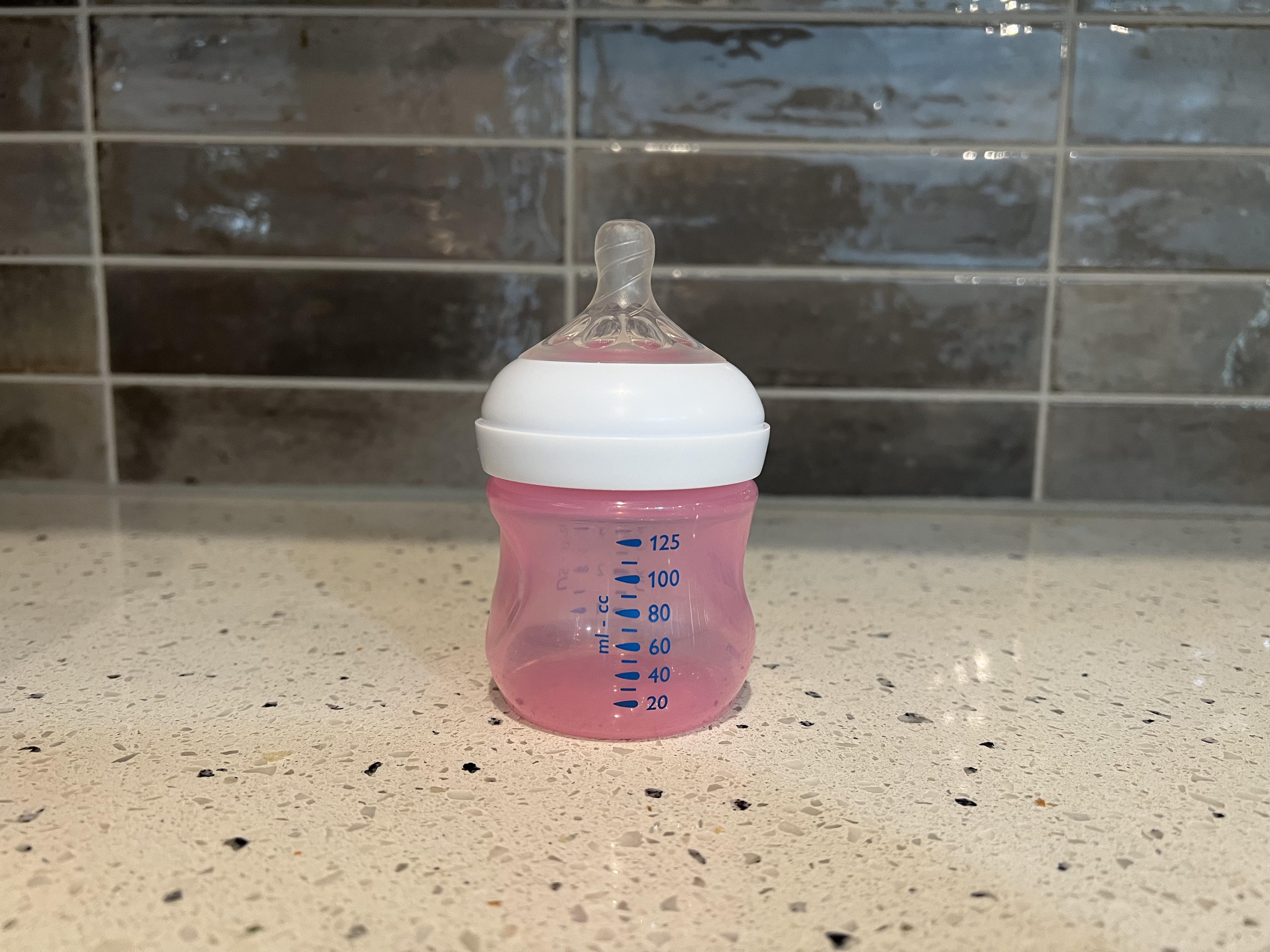The Pitcher Method For Storing Breastmilk: Pros, Cons, And Tips


In this article:
- What Is The Pitcher Method and How Does It Work?
- Benefits Of Using The Pitcher Method? (Pros)
- Things to Consider While Using The Pitcher Method? (Cons)
- Recommendations For Postpartum Support
What Is The Pitcher Method and How Does It Work?
We don't talk enough about that sadness, guilt feeling when your breasts go from feeling completely engorged everyday back to its natural soft feeling after your milk supply has regulated.
The immediate thought is "my milk supply must have dropped." Rest assured, when your milk supply has regulated, this is when you can begin to have a true outlook on how demanding and rigorous your pumping schedule will need to be.
For most, it is recommended that you begin pumping every 2-3 hours during or before baby's feeding time. This will allow you to empty your breast and start creating your stored supply.
Once you begin a schedule with feeding baby, you'll notice that your pumped amounts looks different day to day and even hour to hour depending on when and if you breastfeed, how often you're pumping, and how long your sessions are. Your supply could even fluctuate due to your hormones and stress level.
No matter how your supply looks, it's great to keep a back up stash and that is why many moms choose the pitcher method.
What Is The Pitcher Method?
Simply put, the pitcher method is a popular way to take your pumped milk supply and store it in a organized and compact way.
Because your supply looks different each session, it can become difficult to store pumped milk in bottles because:
- It takes up a lot of fridge space.
- It's difficult to label and manage the expiration dates (which we'll touch on in a moment)
- Each bottle will have different amounts which isn't very effective for feeds if your baby is presumably consuming the same or about the same amount each feed.
Many moms have found the Pitcher Method to be more effective and here's how:
- It allows you to combine all your pumped milk for the day into one pitcher or storage jar.
- You eliminate the guess work on which bottles were pumped when.
- You can prepare the next day bottles in advance or continue to store your milk in jars as needed.
- Makes for easier "meal planning" when sending baby to a sitter or family/friends for an outing.
How Does It Work?
After each pumping session, you allow your freshly expressed milk to cool in a jar before being combined into one big pitcher.
For me, I like to start the day with two mason jars. One that is used for cooling and one that is used to combine all the milk from the day.
Once my warm milk is placed in the fridge to chill, I mix it in with the rest of my milk that was pumped from the day, clean the now empty jar, pump and repeat the steps until the end of the day.
Some moms use the large "collection jar" to then prepare bottles for the next day and store the leftover milk into freeze safe storage bags. Other moms like myself find it easiest to just let the milk sit in its "collection jar" until needed, but before it expires.
It's important to note that the CDC and Health regulation guidelines recommend that warm breastmilk not be mixed with cooled breastmilk as it could rewarm the temperature of the already cooled milk and thus reducing the expiration date.
How To Label Pitchers and Milk Storage Bags?
All milk whether stored in the fridge or stored in the freezer should have the day the milk was pumped and the expiration date visibly labeled so that you can quickly refer to it before each use.
For mason jars, I recommend using a dry erase marker as the dates can be easily wiped and rewritten for each new day.
Breastmilk stored in the fridge can be stored and is good to consume for up to 4 days and in a standard freezer up to 6 months.
Benefits Of Using The Pitcher Method? (Pros)
One of the major benefits to using the pitcher method is that it allows for a quick and effective way to have prepared bottles for the next day and having an emergency milk stash readily available if you have to step out for any reason.
Other ways I've found the pitcher method to be beneficial is:
- Space Saver in the fridge.
- Baby still being able to receive breastmilk even if not being fed by mom.
- Dad and siblings being able to help with feedings and create a bond during that time.
- Taking a break from breastfeeding and reducing nipple soreness.
- Reducing the amount of time that you have to sit idle to breastfeed.
- Allowing time for mom to do other things during feed times once baby can hold their own bottle.
- Having milk readily available to use for spontaneous date nights or work delays.
Creating a Balanced Bottle For Baby
There are suggestions that the pitcher method allows for foremilk and hindmilk to be mixed together to create a more balanced bottle during each feed and reduce lactose overload.
Lactose overload happens when you're pumping more foremilk, the more watery based, low in fat and higher in sugar milk, instead of having a well balance that includes hindmilk, the more creamy milk that is higher in calorie-rich fats.
- The type of milk you express is largely based on how long you wait in between feeds
- how long your pump sessions are and if you're expressing during let downs
- or if you're switching between sides too soon.
While using the pitcher method, all contents expressed from the day will be mixed in and the fat in your milk can be swirled in from the walls of the pitcher and re-mixed into the milk creating a more balanced bottle during each feed.
All in all, the pitcher method has helped tons of busy mamas with one or all of these benefits.
Things to Consider While Using The Pitcher Method? (Cons)
A fed baby is best, but there are things to consider when doing the pitcher method.
Our bodies naturally produce cortisol hormones at the start of the day and melatonin at the end of the day.
While utilizing the pitcher method, there is no differentiating the time milk was expressed unless you intentionally take extra steps to keep separate pitchers for morning and day milk versus night milk.
The downside to this is, this will create an extra step when labeling bottles.
I have tried both methods of labeling and separating AM and PM milk, and mixing all milk within a 24-hour period together, and I have found it to be relatively easier to keep separate mason jars and feed when baby is ready.
I've also found it routine to breastfeed at night just before bed or if she wakes during the night. This not only allows for night milk to remain night milk, it allows us both to continue our mother-baby bond that may be missed during the day, and:

- baby gets better sleep.
- less bottles to clean for morning.
- feeding on demand during the night without having a need to measure a night time bottle.
- less up and down for me during the night which allows for more rest and an energized start to my day.
Though I know breastfeeding isn't an option for everyone, I do find it convenient and an alternative to having split pitchers for the day.
Keep in mind, there are several things to avoid when pumping and breastfeeding, and you can learn more here.
Recommendations For Postpartum Support
Postpartum recovery and breastfeeding go hand-in-hand. For your journey, I recommend the complete recovery package in 3 steps:
TOP RECOMMENDATION: MUSCLE UP MOMMY®- WEARABLE BREAST PUMP J35
The hands-free Wearable Breast Pump J35 makes pumping so much easier. The sleek design fits right into your nursing bra for a discreet and convenient pump anywhere you are. No more restrictive pumping next to the wall, no more dealing with clunky parts and annoying wires/tubes. Upgrade your pumping experience.

BEST SELLER: MUSCLE UP MOMMY®- MATERNITY NURSING BRA
The all-in-one Maternity Nursing Bra supports breastfeeding and pumping. Giving you the power to get through feeding on demand and power pumping during those restrictive feeding times. Quick release with the one-handed clip down function making baby happier, quicker.

STEP 1: MUSCLE UP MOMMY® MATERNITY SUPPORT BELT
I know this may seem a little weird but, the belly binder you receive in the hospital has no ribbing, no structure and overall is a 4/10 with supporting a belly with a shrinking uterus. It is more ideal to wear a support belt that can CARRY and “CORRECT” after childbirth. Muscle Up Mommy® Maternity Support Belt forms to your body and works wonders, especially after C-section. Highly recommend!

STEP 2: MUSCLE UP MOMMY® POSTPARTUM COMPRESSION BELT
Postpartum is the most critical time for recovery. Once your uterus shrinks down to comfortably add more support to your core, I recommend Muscle Up Mommy® Postpartum Compression Belt. It helps to support your back and core muscles after childbirth and really helps against the laughing, coughing, and sneezing pains you feel while recovering. Highly recommend!

STEP 3: MUSCLE UP MOMMY® FUPAERASER
After your recovery period, the snapback journey begins. Muscle Up Mommy® FupaEraser helps to support workouts and aids in reducing the appearance of belly and back fat. It has been crowned the #1 waist shaper for moms and women. Highly recommend!
Each of these items combined will help support your throughout your most delicate postpartum stage, belly binding to help support your abdominal muscles after child birth and then finally, when you begin waist training to help reduce any unwanted belly and back fat.
Other items that will be essential are breast feeding items such as pumps, storage bags, special nursing bras, and other key items. Those can be found on our website.
If this information has helped you, let us know how in the comments and share with a friend.








Leave a comment